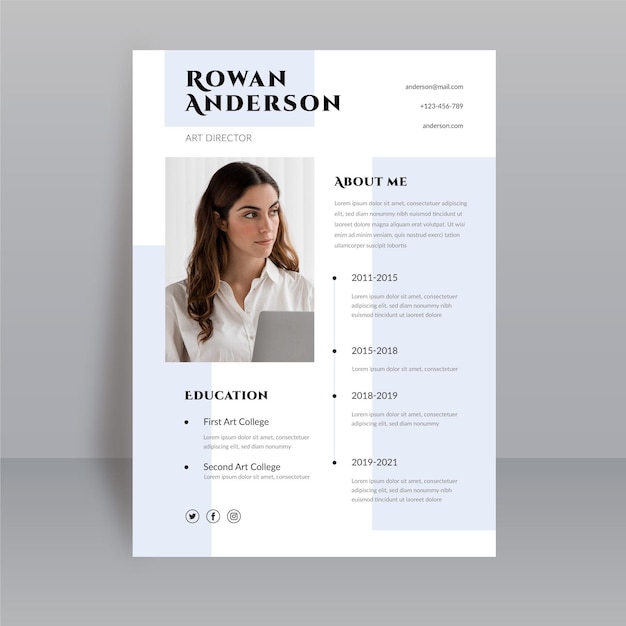
Want to learn how to make a resume? Here, you’ll find a resume example, cover letter tips, and answers on creating a standout resume.
Resumes are crucial because they help you stand out in a competitive job market. With potentially hundreds of applicants for a single position, a well-crafted resume can make all the difference.
I spoke with resume expert Katie Pelton, who runs Resumes By Katie. Katie has helped countless people improve their resumes, cover letters, LinkedIn profiles, and interview skills. When she’s not working, she enjoys pizza with her fiancé and rescue pup in Minneapolis.
This isn’t a sponsored post; I just wanted to share tips to help you land your dream job.
Here are some common questions about making a resume:
1. **How long should a resume be?**
– Keep it to one page unless you’re applying for executive roles, where two pages are acceptable.
2. **Steps to making a good resume:**
– Keep a record of your accomplishments, metrics, feedback, and performance reviews.
– Decide on an effective format and use a professional font size (10-14pt).
– Include your name, contact information, and LinkedIn profile or portfolio URL.
– List your employment in reverse chronological order with job titles, company names, dates, and locations.
– Use bullet points to highlight your accomplishments, starting each point with a strong verb.
– Incorporate keywords from job descriptions.
– Review your resume for errors and have someone else look it over.
– Save it as a PDF and label the file appropriately.
3. **How to make your resume stand out:**
– Keep it clean and visually appealing.
– Use subtle colors if necessary, and leverage graphic design if you’re in a creative field.
– Research and try to get your resume directly to the hiring manager.
4. **Is a cover letter necessary?**
– While some companies don’t read them, others appreciate the extra effort. A well-researched cover letter can make a difference.
– Address it to the hiring manager, show your passion, and explain how your skills add value.
5. **Creating a resume with no job experience:**
– Highlight your education, extracurricular activities, volunteer work, and certifications.
6. **Dealing with employment gaps:**
– Be honest about the gap and explain what you gained from that time, like learning new skills or personal growth.
7. **What to avoid on a resume:**
– Exclude irrelevant experience, high school education, GPA, and unrelated extracurricular activities.
– Avoid fun facts that don’t add value to your professional profile.
8. **Resume expectations across different regions:**
– Tailor your resume to the job description and company size rather than geography.
– Be upfront about relocation if necessary.
9. **Listing volunteer work:**
– If your volunteer work is significant, include it higher up under professional experience and relate it to the job you’re applying for.
10. **Additional resume tips:**
– Avoid using the word “help” and be specific about your contributions.
– Use tools like Mailscoop to find hiring manager emails and Resume Worded to check ATS compatibility.
If you have any other questions about making a resume, feel free to ask!